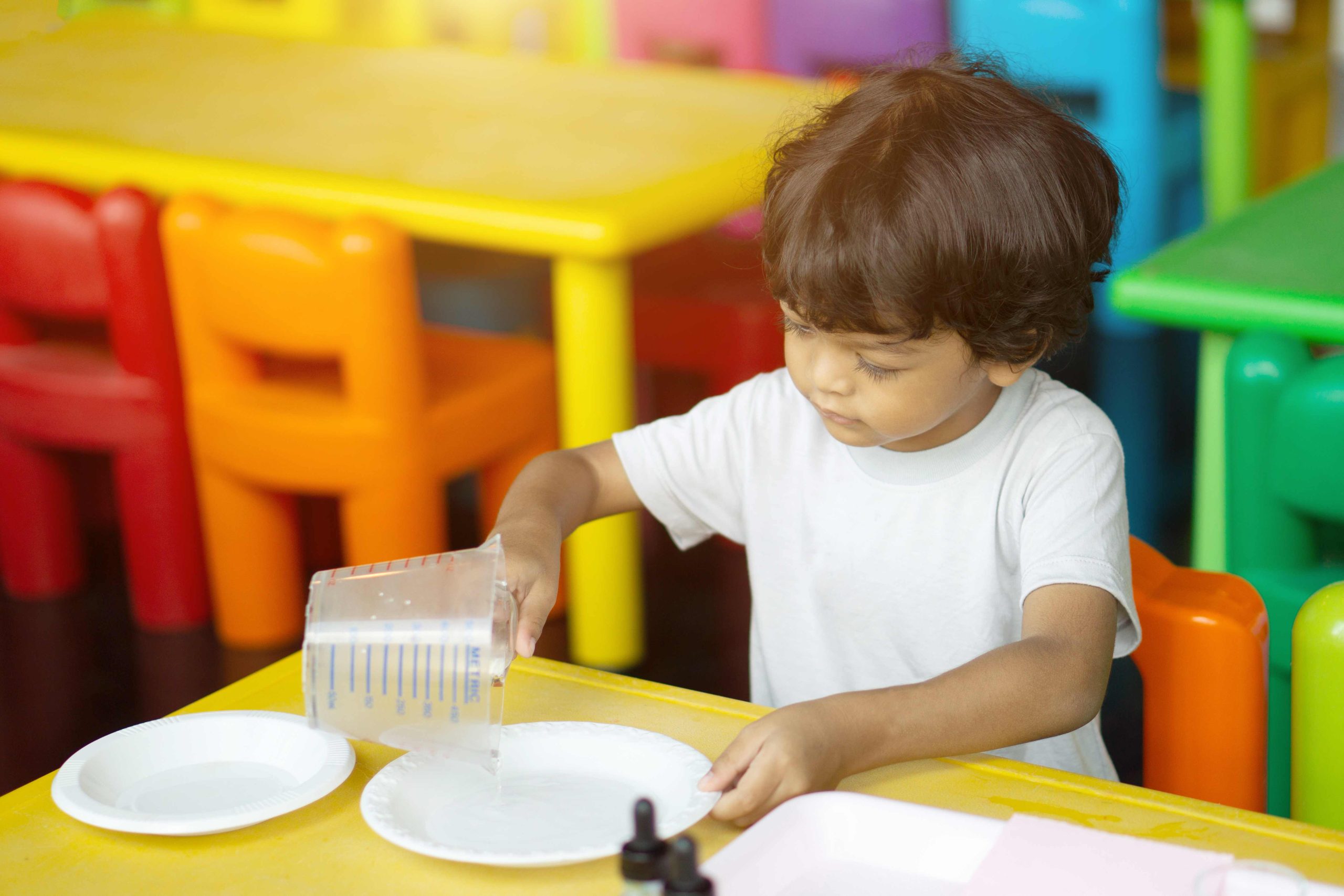
What’s the Difference Between Montessori and Traditional Preschool?: Receptive Methods
Preschool education plays a crucial role in a child’s development, encompassing fundamental social and academic skills. Selecting the appropriate preschool program is pivotal for your child’s growth. Two prevalent methods are Montessori and traditional, each with distinct approaches and educational philosophies. Understanding their disparities is essential before making a decision.
Traditional Preschools: Teacher-Led Learning
Traditional preschools adopt a teacher-led approach, where instructors guide preschoolers on tasks and procedures. In contrast, Montessori preschools emphasize child-led exploration and learning at the child’s pace. This article delves into their contrasting receptive methods.
Montessori Method: Embracing Receptive Learning
Originating from Dr. Maria Montessori in the early 1900s, the Montessori method revolves around child-centered education, promoting independence, mutual respect, and self-discipline.
Montessori classrooms offer a prepared environment divided into distinct areas such as practical life, sensorial, language, math, and cultural, each equipped with carefully curated materials to stimulate learning. This approach fosters a receptive learning environment, empowering children to choose activities independently and work at their own pace, promoting self-motivation and a love for learning.
Traditional Method: Emphasizing Structured Learning
Traditional preschools, conversely, follow a structured curriculum with teachers directing activities and imparting information. This teacher-centered approach emphasizes adherence to predetermined objectives through lectures, demonstrations, and worksheets, which may be less engaging and personalized compared to the Montessori method.
Montessori vs. Traditional Preschools: Choosing What’s Best for Your Child
Deciding between Montessori and traditional preschools hinges on understanding your child’s learning style, preferences, and needs. Montessori environments suit children inclined towards independent exploration, creativity, and self-directed learning, fostering critical thinking and self-discipline. In contrast, traditional settings cater to those benefiting from structured routines, clear instructions, and teacher-led activities, preparing them for formal schooling.
Factors to Consider When Choosing a Preschool
Before selecting a preschool, evaluate your child’s learning style and needs, considering factors such as teaching philosophy, curriculum content, classroom environment, teacher qualifications, and parent involvement opportunities.
Conclusion: Nurturing Receptive Learning in Preschool
Both Montessori and traditional approaches offer valuable learning experiences, emphasizing either child-led exploration or structured guidance. Choosing the right preschool involves aligning educational methods with your child’s developmental stage, interests, and learning preferences. By doing so, you can foster a positive and enriching receptive learning environment for your child’s preschool education journey.
Understanding the significance of receptive learning in preschool education is paramount, as it cultivates language, social, and cognitive skills essential for a child’s holistic development.


